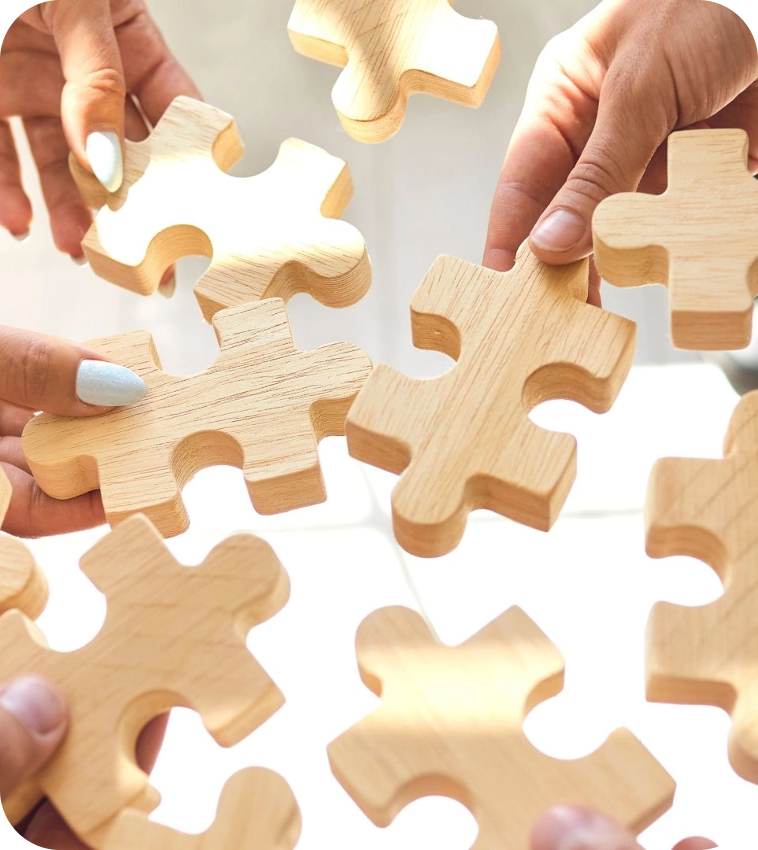⇶ Inter-organizational
View all
⇶ Why Systemic Intelligence is Essential for Cross-Boundary Initiatives
"Attempting to foster systems change without building the capacity to 'see' systems leads to a lot of talk...and very little results." —Kania, Kramer and Senge
In today's interconnected world, most significant societal challenges span multiple boundaries - organizational, sectoral, geographical, and cultural. Whether we're addressing climate change, public health, economic inequality, or educational reform, success requires collaboration across traditional silos. Yet our conventional approaches to problem-solving often fall short when dealing with such complex, cross-boundary challenges. This is where Systemic Intelligence (SysQ) comes in; SysQ provides the ability to “see” systems — as Kania, Kramer and Senge assert — is essential to facilitate ecosystem transformation.1
THE CHALLENGE OF CROSS-BOUNDARY INITIATIVES
Adaptive leadership expert, Dean Williams, describes the challenge of working across silos.2
“Most people do not fully appreciate the systemic nature of their problems. We think and act parochially. The cultures of our respective groups and the respective roles we play in these groups often cause us to view problems through the narrow and myopic lens of immediate self- or group interest.”
—Dean Williams, Leadership For a Fractured World
Cross-boundary initiatives face several inherent challenges. Different organizations have their own goals, metrics, and ways of working. Supply chains involve multiple independent actors with competing interests. Public-private partnerships must bridge different organizational cultures and incentive structures. These differences often lead to unintended consequences, policy resistance, and failed initiatives.
Traditional linear thinking and simple cause-effect models prove inadequate because they fail to capture the complex reality of these situations. As we've seen, the real world is characterized by tight coupling between actors, feedback loops, nonlinear relationships, and adaptive behaviors. When we ignore these characteristics, our solutions often fail or even make problems worse.
COVID, SUPPLY CHAINS, AND INFLATION
The COVID-19 pandemic exposed critical vulnerabilities in global supply chains that a systemic intelligence approach could have helped anticipate and mitigate. When the pandemic hit, most organizations responded reactively - cutting production, reducing inventory, and laying off workers. These individual decisions, while seemingly rational from each organization's perspective, collectively amplified the system-wide disruption. A SysQ approach would have revealed how these local optimizations could create devastating ripple effects throughout the entire supply chain network.
By applying systemic intelligence principles, organizations could have better understood the crucial time delays and feedback loops in the system. For instance, the long delays in rebuilding production capacity and inventory levels meant that when demand suddenly returned, the system couldn't respond quickly enough, leading to shortages and inflation. SysQ tools like stock-and-flow mapping would have helped stakeholders visualize these delays and plan more resilient responses, such as maintaining strategic inventory buffers or investing in flexible production capacity.
Most importantly, systemic intelligence would have encouraged greater collaboration and information sharing across organizational boundaries. Instead of each company optimizing for its own survival, a systemic approach would have facilitated coordinated responses that considered the health of the entire supply chain ecosystem. This could have included joint investment in critical infrastructure, shared early warning systems, and collaborative capacity planning. The lesson from COVID-19 is clear: in our interconnected world, success requires not just organizational excellence but systemic intelligence to understand and manage complex inter-dependencies.
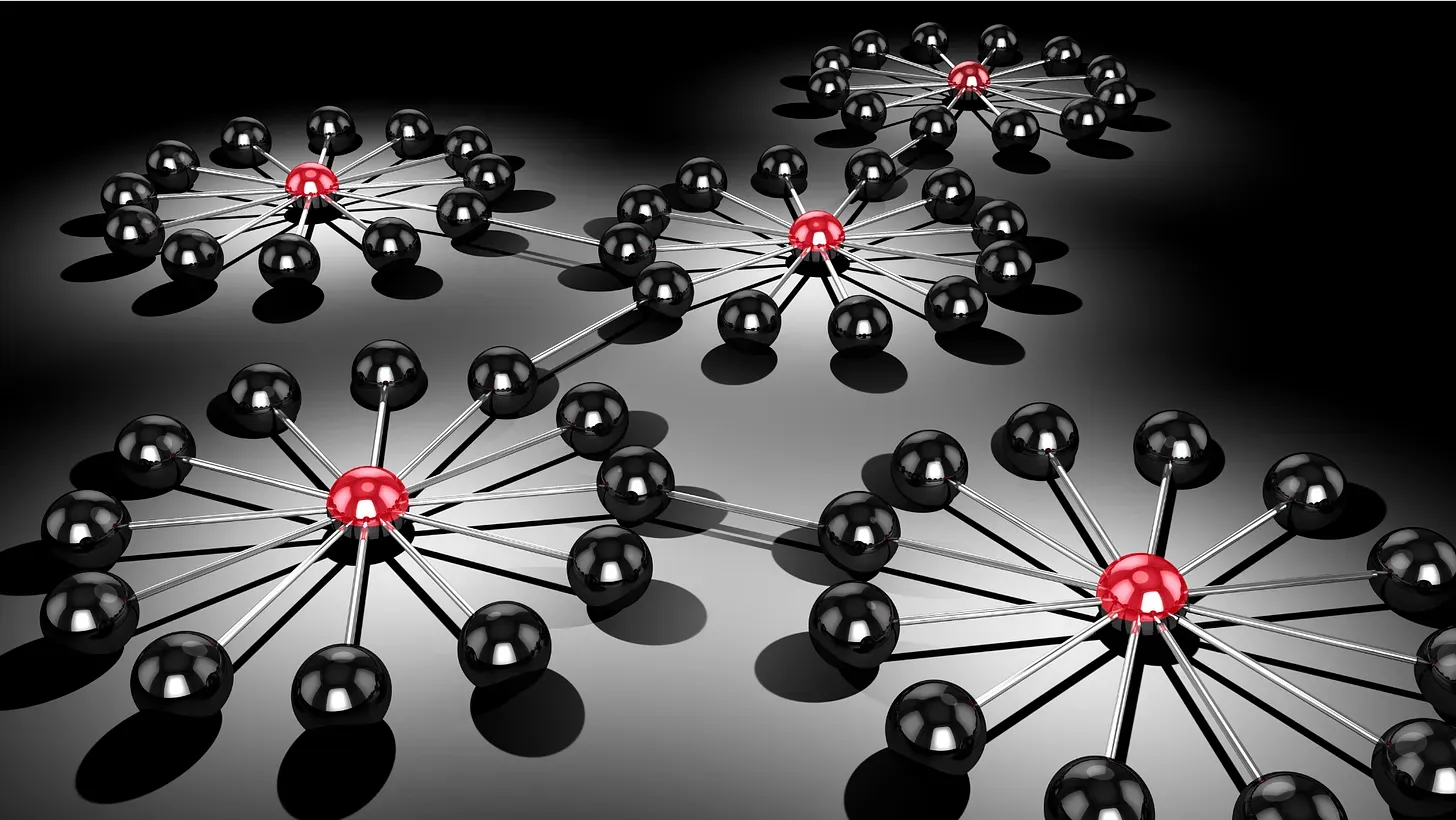
Systemic Intelligence provides both the mindset and tools needed to navigate cross-boundary challenges effectively. Using SysQ you will be better able to:
Uncover and see hidden connections
SysQ helps us map and understand the complex web of relationships and feedback loops that span organizational boundaries. This prevents us from missing critical interdependencies that could derail our initiatives.
Anticipate and prevent unintended consequences
By explicitly considering feedback loops and nonlinear relationships, SysQ helps us identify potential negative side effects before they occur, allowing us to design more robust solutions.
Promote shared understanding and implementation
SysQ tools like causal loop diagrams provide a common language for stakeholders from different backgrounds to discuss complex systems and build shared mental models.
It identifies high-leverage interventions: Instead of treating symptoms, SysQ helps us find the root causes and points of leverage that can create lasting positive change across the entire system.
PRACTICAL APPLICATIONS
Consider these examples where Systemic Intelligence is crucial:
Supply Chain Transformation
SysQ reveals how changes in one part of the supply chain affect other participants, helping design win-win solutions that benefit the entire network.
Public-Private Partnerships
By mapping the different incentives and feedback loops affecting each partner, SysQ helps design more effective collaboration mechanisms.
Collective Impact Initiatives
When multiple organizations work together on complex social issues, SysQ helps them understand how their different programs and interventions interact and influence each other.
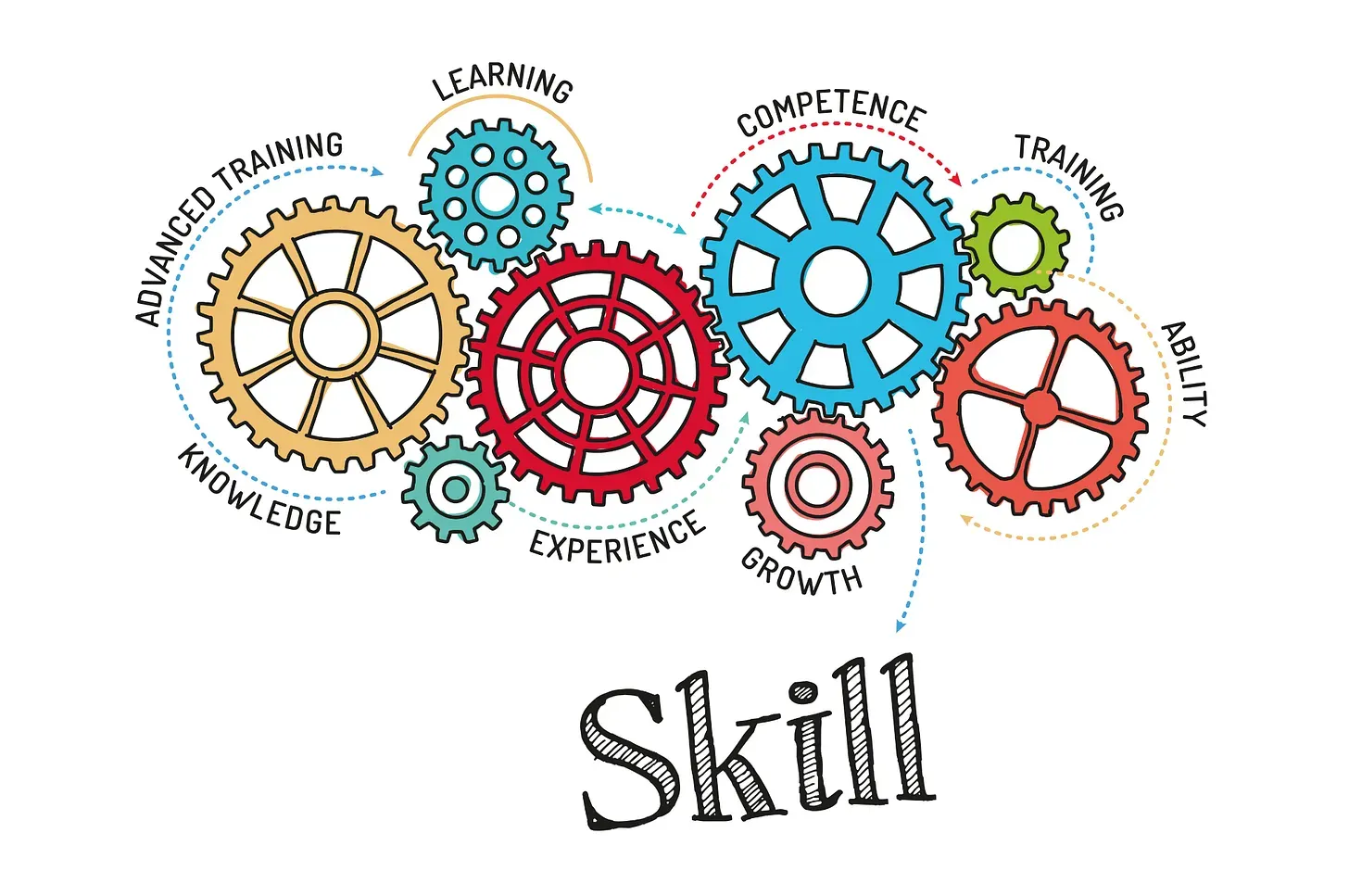
BUILDING SYSTEMIC INTELLIGENCE CAPACITY
To succeed in cross-boundary initiatives, organizations and leaders need to develop their Systemic Intelligence capacity. This involves:
-
Learning to identify and map feedback loops and system structures
-
Developing comfort with complexity and nonlinear thinking
-
Using tools that capture both "hard" and "soft" variables
-
Building shared understanding across organizational boundaries
As our world becomes increasingly interconnected, the ability to think and act systemically across boundaries becomes not just valuable but essential. Organizations and leaders who develop strong Systemic Intelligence will be better equipped to tackle complex challenges and create lasting positive change.
Without this capacity, we risk continuing to implement solutions that fail to address root causes, generate unintended consequences, and waste precious resources. With it, we can design more effective interventions that create positive change across entire systems.
INTER-ORGANIZATIONAL AREA
Because the world is rapidly complexifying, we need to collaborate across boundaries to address the knotted, interdependent problems we face. During COVID we were hoarding toilet paper from global supply chain disruptions. The lingering effects of this interdependent ecosystem continued for several years in the form of higher than normal inflation.
NGOs are finding they need to work in coalitions — often gravitating to collective impact processes — in order to address interconnected problems of well-being like health, housing, poverty, and racism.
Content with the Inter-Organizational tag will describe how SysQ helps orchestrate learning across boundaries. You’ll see how it helps improve working relationships with suppliers, contractors, and partner organizations. You’ll learn about how coalitions and collaboratives use SysQ to find greater leverage on important Societal issues.
1
Kania, Kramer, and Senge, The Water of Systems Change, FSG, 2018 https://www.fsg.org/resource/water_of_systems_change/
2
Williams, Dean. Leadership for a Fractured World: How to Cross Boundaries, Build Bridges, and Lead Change, Berrett-Koehler, 2015.

Breaking Down Silos: How Systemic Intelligence Transformed Children's Behavioral Health in Georgia
"Alone we can do so little; together we can do so much." —Helen Keller
Picture a room full of dedicated professionals, each representing different aspects of children's behavioral health services in Georgia. They've been meeting for over a year, all sharing a common goal of helping children, yet finding themselves stuck in a cycle of unproductive discussions and competing interests. This is the story of how developing systemic intelligence transformed their approach and unlocked collaborative potential that had remained dormant for far too long.
The Strategic Challenge
The state's interagency directors' team (IDT) faced a daunting task: fundamentally transform how various agencies coordinated services to improve children's behavioral health. The team included representatives from developmental disabilities, community health, education, juvenile justice, and other critical services. Their mission seemed clear – break down organizational silos and develop an integrated strategy for improving children's behavioral health.
But clarity of mission doesn't always translate to clarity of action. Despite regular meetings and genuine commitment from all parties, progress remained elusive. The system itself seemed designed to resist the very collaboration they sought to create.
Building Intelligence About Complex Systems
The Georgia Health Policy Center, working with Pontifex Consulting, recognized that before the team could transform the system, they needed to transform how they understood it. They began by building the team's capacity for systemic intelligence – not as an academic exercise, but as a practical tool for seeing their challenges in a new light.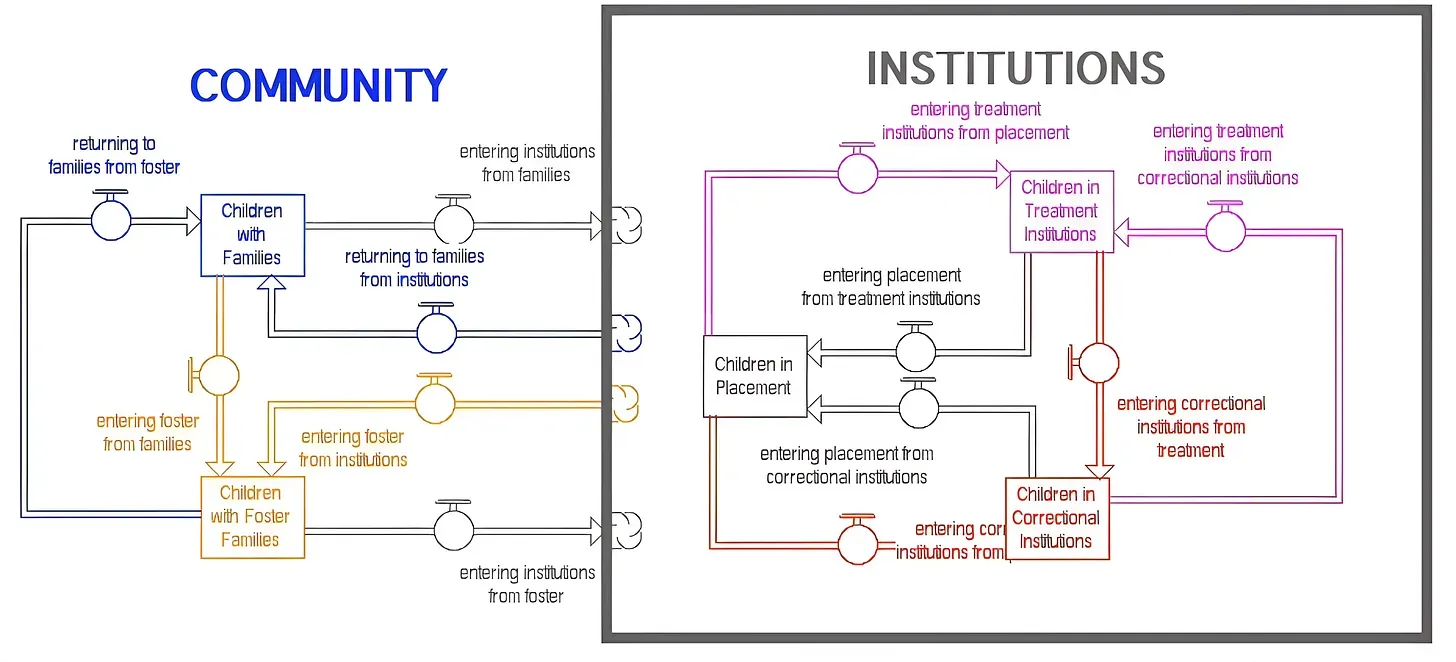
The first revelation came through mapping the current state. The initial diagram revealed a service-centric "push" system where organizations competed to provide their specific services to qualified children and families. In this model, children were often shuffled between services, with little improvement in their long-term development trajectory. The main accomplishment was often simply transferring responsibility from one agency to another.
Seeing the Whole System
Through the process of building and discussing system maps, something remarkable happened. The team began to shift their perspective from individual service providers to seeing the entire developmental journey of the children they served. They created a "Managed Population Chain" that traced a child's path from prenatal care through to adulthood.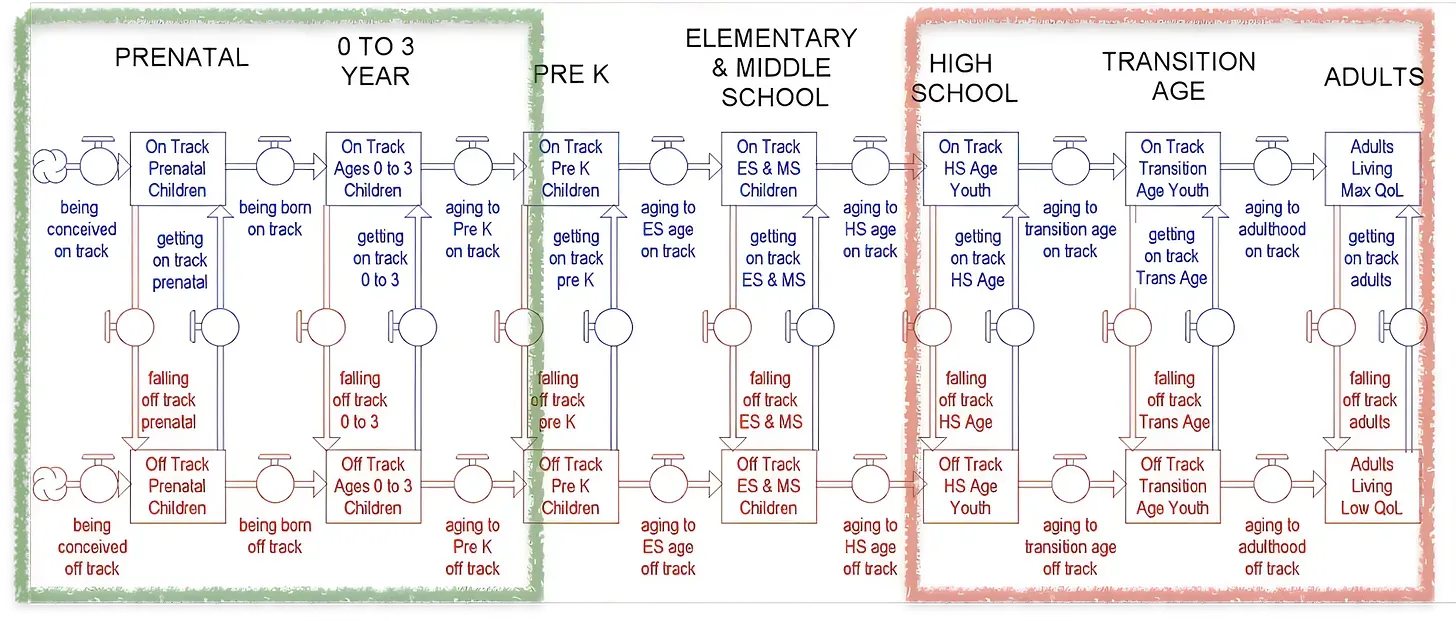
A profound insight emerged: The further along this chain a child moved while "off track," the more costly and urgent the interventions became. Yet the system provided little incentive for upstream collaboration – leading agencies to compete for resources at "the end of the line" where problems were most severe and expensive to address.

The Power of Shared Vision
The breakthrough came when the team developed their final simplified strategy map. This visual tool accomplished something that a year of meetings couldn't – it gave them a shared language and framework for understanding both problems and solutions. As one team leader noted, "Now I see how we can focus on a child at each stage of their development and think about what they need...and how we can each coordinate our resources to fulfilling that need."
This wasn't just a map – it became the foundation of their strategy, a communication tool for engaging with state health commissioners and other officials, and a dynamic framework that could evolve with their understanding.

Core Elements of Change Agent Leadership
In his book Leadership for a Fractured World, Dean Williams describes essential principles employed by effective change agents. The interagency team applied several of these principles during their strategy work. Three of those key principles were:
Facing Reality Together:
Rather than avoiding difficult truths or seeking quick fixes, the team learned to collectively face the reality of their fragmented system. They developed what Williams calls "diagnostic capacity" – the ability to understand complex challenges from multiple perspectives.
Boundary Crossing:
The team embodied the change agent's role as a boundary crosser, moving beyond their organizational silos to engage with other perspectives and possibilities. This wasn't just about coordination – it was about creating new spaces for collaboration and innovation.
Harnessing Creative Tension:
Like artists working with different materials and techniques, the team learned to work with the creative tension that emerges when diverse perspectives meet. They discovered that progress often requires maintaining this productive tension rather than rushing to eliminate it.
The Three Transformations
The development of systemic intelligence catalyzed three fundamental shifts in the team's approach:
Reframing the Goal: They moved from a supply-side focus on providing services to a demand-side vision of developing self-actualized adults. This shift opened up entirely new solution spaces that weren't visible before.
Developing Shared Understanding:
The team moved from "close-to-the-chest, keep our interests guarded" perspectives to a comprehensive, 30,000-foot view where they could see and appreciate the whole system.Unleashing Collaboration:
Most profoundly, they transformed from a group of individual stakeholders into a cohesive team with a compelling way forward. They shifted from pointing fingers at each other to pointing at their shared map – working together to make it better
The Broader Perspective
This case demonstrates how systemic intelligence can break through seemingly intractable inter-organizational challenges. The team didn't just solve a specific problem – they developed a new way of seeing and thinking about their work. They created a sustainable foundation for ongoing collaboration and improvement.
The success was so compelling that the team subsequently applied the same process to develop a strategy for "at risk" children, demonstrating how building systemic intelligence creates ongoing capacity for tackling complex challenges.
This transformation shows that when organizations invest in building their capacity for systemic intelligence, they don't just solve immediate problems – they develop the ability to see, understand, and improve complex systems continuously. This is the essence of high-leverage thinking in action.

